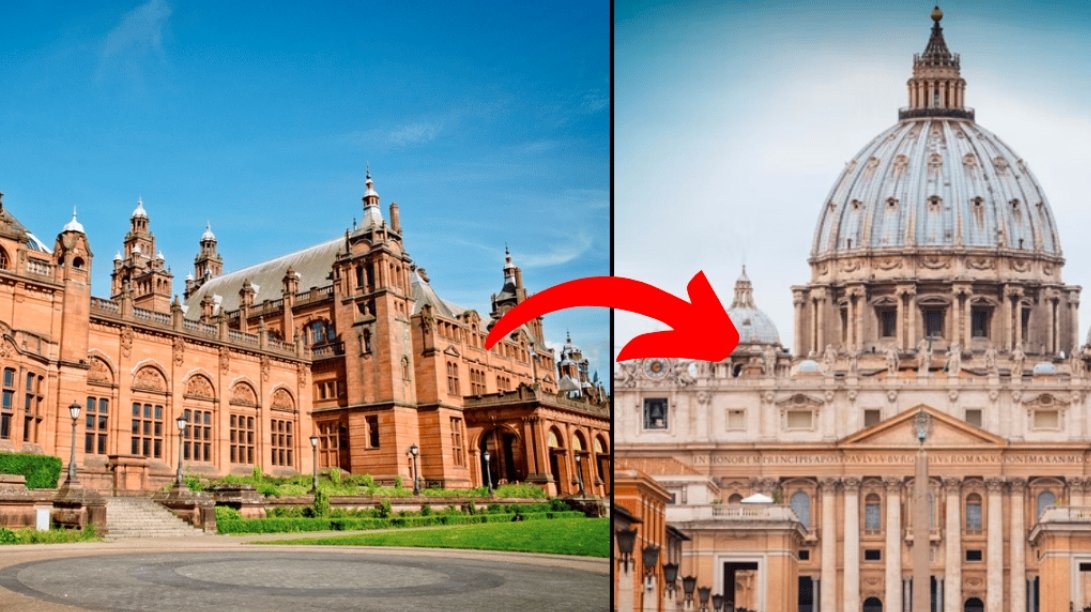Glasgow’s cherished Kelvingrove Art Gallery and Museum is set to loan its most famous painting, Salvador Dalí’s “Christ of Saint John of the Cross,” to the Vatican later this year. This marks a significant cultural exchange and highlights the painting’s enduring global appeal.
The Painting’s Historical Significance
Dalí’s masterpiece, acquired by the Glasgow Corporation in 1952, has captivated audiences with its surreal and thought-provoking depiction of Christ. The painting’s journey to the Vatican is a testament to its religious and artistic significance, allowing a wider audience to experience its profound impact.
The artwork’s history is as fascinating as its creator. Its procurement by the city for a modest sum has proven to be a prescient investment in cultural heritage. The painting’s value, both monetary and cultural, has skyrocketed, reflecting the city’s commitment to the arts.

Cultural Exchange and Public Sentiment
The loan to the Vatican comes at a time when Glasgow’s council is exploring innovative financial solutions to address equal pay claims. The decision to lease the painting is part of a broader strategy to leverage the city’s assets while ensuring public access to its treasures.
The public’s attachment to the painting is evident, with many expressing pride in the artwork’s international recognition. The loan period will also offer a unique opportunity for restoration and preservation efforts, ensuring the painting’s longevity for future generations.
The Future of Kelvingrove’s Collection
As “Christ of Saint John of the Cross” prepares for its temporary relocation, questions arise about the future of Kelvingrove’s collection. The museum remains a beacon of art and history, with plans to continue showcasing diverse works that reflect the city’s rich cultural tapestry.
The museum’s commitment to accessibility and education is unwavering, with initiatives in place to engage the community and foster an appreciation for the arts. The painting’s loan is a chapter in the museum’s evolving narrative, one that underscores Glasgow’s role on the world stage.


















